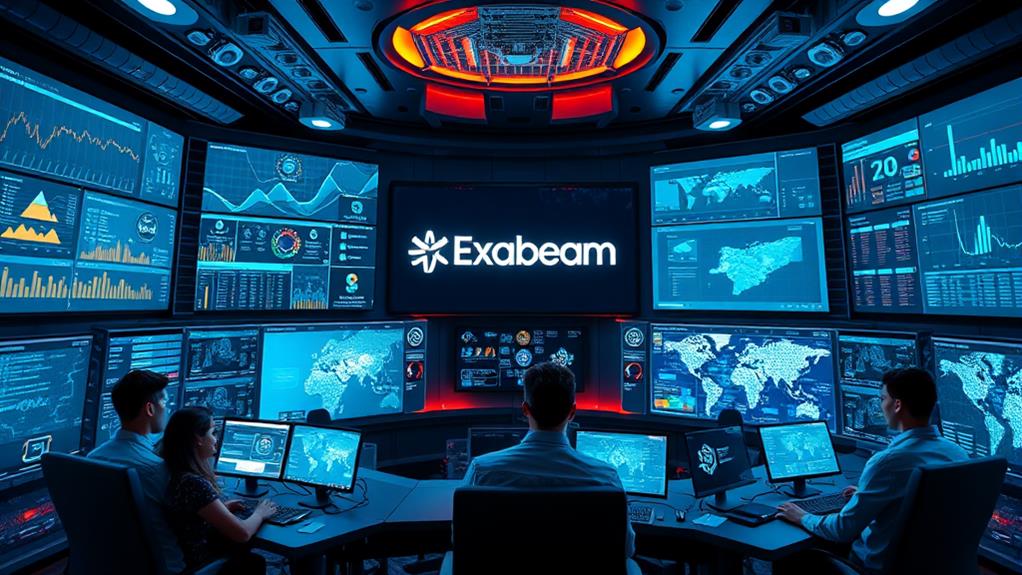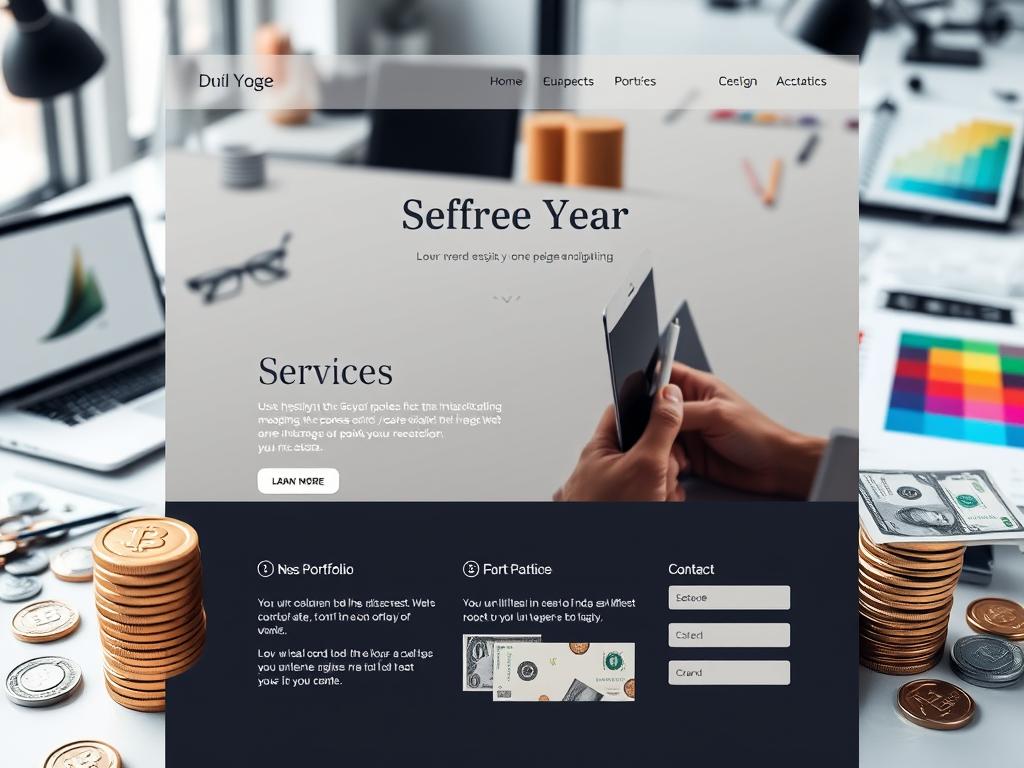You might be surprised to learn that many software failures could have been avoided with the proper use of staging environments. These setups serve as an integral bridge between development and production, yet they're often overlooked in discussions about software quality. By comprehending how staging environments function and the advantages they provide, you can improve your project's reliability. But what specific challenges do teams face when implementing these vital testing grounds, and how can they be overcome?
Understanding Staging Environments
Staging environments play an essential role in the software development lifecycle, serving as the final checkpoint before deployment. They enable you to create an accurate replica of the production environment, allowing you to validate new features and updates safely.
This replication is fundamental for identifying issues that could impact the user experience. During the staging lifecycle, you can conduct thorough testing without the risk of affecting live operations, encouraging collaboration among developers and stakeholders.
Key Advantages of Staging
Creating a realistic testing environment offers several key advantages that directly impact the success of your deployment. By utilizing staging environments, you improve performance testing and streamline feature validation, ensuring your product meets high standards before going live.
| Advantage | Description | Impact |
|---|---|---|
| Safe Testing | Test features without affecting production. | Reduces risk of errors. |
| Issue Detection | Identify bugs early in the development cycle. | Improves product quality. |
| Stakeholder Involvement | Collaborate for diverse perspectives and feedback. | Enhances user satisfaction. |
| Realistic Conditions | Simulate production environments for accuracy. | Validates user experience. |
| Cost Efficiency | Minimize costly post-deployment fixes. | Saves time and resources. |
These advantages enable you to confidently deploy robust and reliable applications.
Setting Up Staging Environments
Establishing a robust staging environment is essential for guaranteeing a seamless shift from development to production. Start by cloning your production environment, including databases and configurations. This mirrors your live site, allowing for accurate testing.
Follow best practices by regularly updating your staging environment to reflect production changes. Utilize automation tools like Jenkins or Docker for efficient environment setup and deployment processes.
Incorporate thorough testing—unit, integration, and user acceptance—to catch issues early. Engage stakeholders in testing to gain diverse perspectives. Prioritizing critical paths during testing helps maintain stability.
Security Considerations in Staging
As you set up your staging environment, don't overlook the importance of security measures. Implementing robust security protocols is vital to protect your staging environment from unauthorized access and potential threats.
Start by establishing strict access controls to guarantee only authorized personnel can interact with sensitive data and configurations. Role-based access control (RBAC) can help you define user permissions effectively, minimizing risks.
Encrypt any sensitive data to safeguard it during testing processes. Regularly audit your environment for vulnerabilities and misconfigurations, and maintain isolation from your production environment to prevent accidental changes.
Addressing Staging Challenges
Staging environments often face a variety of challenges that can hinder effective testing and deployment.
You might encounter data synchronization issues, where the staging environment doesn't accurately reflect production data, leading to misleading test results.
Performance discrepancies can also arise, as the staging setup may not replicate production conditions, causing unexpected behavior during testing.
To address these issues, establish regular synchronization schedules and utilize tools for database replication.
Implement performance monitoring to identify and rectify discrepancies early.
Collaborating with your team to maintain a consistent configuration and resource allocation can further mitigate these challenges, ensuring that your staging environment remains a reliable platform for testing and refining your applications before they go live.
Enhancing Quality Assurance
To improve quality assurance, it's essential that you utilize staging environments effectively, making certain they mimic production settings as closely as possible.
By implementing robust testing methodologies, you can analyze performance metrics to identify and address potential issues before deployment. This proactive approach minimizes post-launch complications, ultimately enhancing product quality.
Regularly synchronize your staging environment with production data to guarantee accurate testing conditions. Encourage collaboration among team members to gather diverse perspectives, which can lead to innovative solutions.
Utilize automated testing tools to streamline the process, allowing for thorough coverage of critical paths. By prioritizing this quality assurance phase, you'll not only refine your product but also gain confidence in its performance and user satisfaction upon release.
Optimizing User Experience Testing
User experience testing thrives on realistic conditions, making it essential to simulate the production environment accurately within your staging setup. By doing so, you create a platform where user feedback can be genuinely reflective of real-world interactions.
Engage users in this environment to collect observations that matter, enhancing user engagement and satisfaction. Implement tools like TestRail and JIRA to streamline feedback collection and track user interactions efficiently.
Prioritize critical user paths during testing to guarantee that the most important features perform flawlessly. By focusing on realistic scenarios and nurturing collaboration with users, you can identify potential issues early, refining the experience before launch, and ultimately delivering a product that meets user needs and expectations.
Frequently Asked Questions
How Often Should Staging Environments Be Updated?
You should update your staging environment frequently, ideally after every major production change. Regular environment refreshes guarantee alignment with production data, improve testing accuracy, and support smoother deployment, ultimately enhancing collaboration and reducing potential issues.
What Are the Costs Associated With Maintaining a Staging Environment?
Maintaining a staging environment's like tending a garden; you'll face hardware expenses, software licenses, infrastructure costs, and team resources. Add maintenance overhead and security measures, and you'll nurture a thriving, risk-free testing space.
Can Staging Environments Be Used for Training Purposes?
Yes, you can use staging environments for training purposes. Their versatility improves training effectiveness by providing a realistic setting to practice, test skills, and promote collaboration without risking the live environment. It's a safe learning space.
What Happens if a Bug Is Found in Staging?
If you find a bug in staging, celebrate! It's your chance for bug resolution before the world sees it. Collaborate with your team, refine testing procedures, and guarantee smooth sailing for your production launch.
How Do You Determine the Size of a Staging Environment?
To determine your staging environment's size, assess environment scalability and resource allocation needs. Consider anticipated load, feature intricacy, and testing requirements to guarantee you replicate production accurately while maintaining flexibility for future growth.









